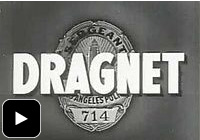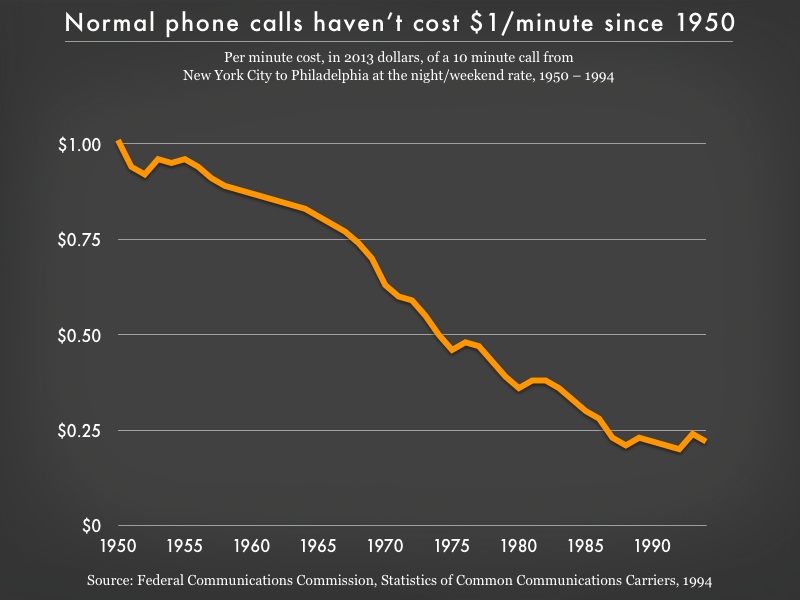From Smith College to PPI – reflections of a work-study research associate
"I am treated as a fellow colleague, and my experience at PPI has helped me to gain an in-depth understanding of the latest issues affecting the U.S. criminal justice system."
by Yoo Eun Kim, April 24, 2014
I am currently a sophomore at Smith College, pursuing a major in economics and a minor in religion, and I’ve been a work-study Research Associate at PPI since December 2013. Throughout my academic career, public service has allowed me to understand and combat social ills. By working in the White House and Key Club International, I was able to broaden my perspective regarding social advocacy. Interacting with American citizens and service leaders and hearing their concerns about social and economic disparities motivated me to improve the wellbeing of underserved populations. So when my friend talked about Prison Policy Initiative, I became interested in prison gerrymandering and wanted to help the members of socially marginalized groups affected by mass incarceration. I applied to be one of the Prison Policy Initiative’s work-study Research Associates; few weeks after my submission, I received an invitation to work at the organization’s Easthampton office.
As a Research Associate, I have handled multiple projects. One of my first assignments was using Google Earth and Google Maps to crosscheck the data in the Prison Policy Initiative’s Locator database with the information provided by the United States Census. Following fellow intern Catie‘s departure, I have led the state legislator outreach project in order to identify state legislators who have sponsored bills that aligned with PPI’s mission. Other projects have included helping with PPI outreach mailings, conducting research on district school boards, assisting with informational video filming, and of course, recording my experience in PPI!
I highly admire PPI because the organization provides a lot of opportunities for its work-study students and holds high expectations. When I come to work, there is something productive to do. I don’t make coffee or push pencils. I am treated as a fellow colleague, and my experience at PPI has helped me to gain an in-depth understanding of the latest issues affecting the U.S. criminal justice system, such as sentencing enhancement zones. Another memorable experience was learning about the ways that prisons and jails restrict incarcerated people’s communication with their loved ones. Prisons and jails overcharge phone calls to receive higher commission rates, and jails also limit incarcerated people’s access to letters – actions that hinder an incarcerated person’s wellbeing during and even after his or her release.
Learning about the lack of socioeconomic mobility and opportunities for oppressed groups made me realize the significant effects of mass incarceration on both individual and national welfare. At PPI, Peter, Leah, and Aleks encourage interns to read articles, see presentations, and borrow books that focus on mass incarceration. After analyzing graphs and reading books written by prisoners, I became even more aware of how many people, especially those of color, are often marginalized by our society.
My work here helps strengthen my analytical and communication skills to inform the public about current U.S. criminal justice policy. Working in PPI will not only equip me with the resources and knowledge to become a steward of change, but also understand the current strategies for creating lasting and sustainable improvement in the American criminal justice system.




 2014 Alternative Spring Break Law Interns
2014 Alternative Spring Break Law Interns 







